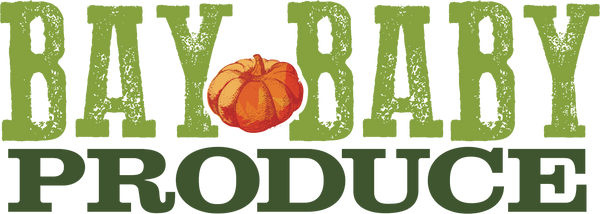June Hobby Gardening Check List

In June, Skagit Valley in Washington state is in the midst of its prime growing season. The days are long and sunny, and the mild temperatures and ample rainfall provide ideal conditions for a wide variety of crops. In my personal hobby garden, I focus on a mix of veggies, as well as flowers that feed our pollinators! I also focus on companion planting, which we will go over in our next blog.
Additionally, the fertile soils of Skagit Valley support the growth of many other crops, including berries, cherries, apples, pears, and plums. Vegetables such as asparagus, broccoli, cauliflower, carrots, lettuce, and peas are also commonly grown in the area, along with herbs like mint, basil, and chives. Farmers markets and roadside stands are abundant in Skagit Valley during the summer months, offering locals and visitors alike the chance to sample the freshest, most flavorful produce the region has to offer.
We are going to go over a few checklist items that you can follow while tending to your garden June. We know that your hardiness zone can play a part in what your tasks are, so we have broken them up in two sections.

For USDA Hardiness Zones 2-6:
- Plant warm-season crops such as tomatoes, peppers, and eggplants.
- Continue to plant cool-season crops such as lettuce and spinach for a fall harvest.
- Water deeply and regularly, especially during hot spells.
- Keep an eye out for pests such as aphids and slugs, and take appropriate measures to control them.
- Consider mulching around plants to help retain moisture and suppress weeds.
- Begin planting pumpkins and winter squash, which need a long growing season to mature. Start with transplants or seeds.
- Fertilize pumpkins and winter squash with a balanced fertilizer high in phosphorus to encourage fruit development.
- Provide support for vining varieties by using trellises or cages.
For USDA Hardiness Zones 7-10:
- Plant heat-tolerant crops such as okra, sweet potatoes, and cowpeas.
- Continue to plant and harvest crops such as cucumbers, squash, and beans.
- Water deeply and regularly, especially during hot spells.
- Watch for signs of heat stress, such as wilting or leaf scorch, and provide shade or additional water as needed.
- Begin planting pumpkins and winter squash, which need a long growing season to mature. Start with transplants or seeds.
- Fertilize pumpkins and winter squash with a balanced fertilizer high in phosphorus to encourage fruit development.
- Provide support for vining varieties by using trellises or cages.
At Bay Baby we are enjoying our pumpkin plants, as well as our Winter Squash. If you choose to grow some pumpkins this year, be sure to follow these tips below:

For pumpkins and winter squash:
- Choose a sunny location with well-drained soil.
- Plant seeds or transplants after the last frost date for your area.
- Provide consistent moisture to the plants, but avoid overwatering.
- Fertilize with a balanced fertilizer high in phosphorus to encourage fruit development.
- Watch for signs of pests such as squash bugs or powdery mildew, and take appropriate measures to control them.
We would love to hear about your successes, lessons and opportunities! Feel free to reach out lindsey@baybabyproduce for any questions, and to share any ideas!

